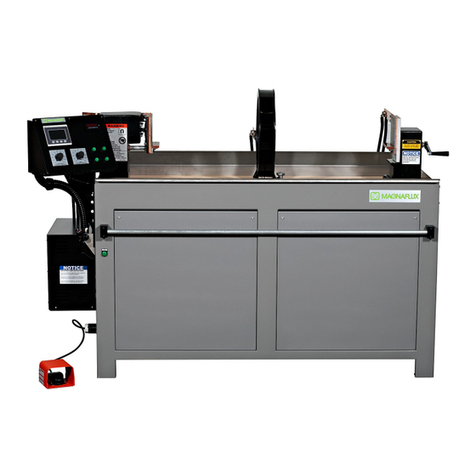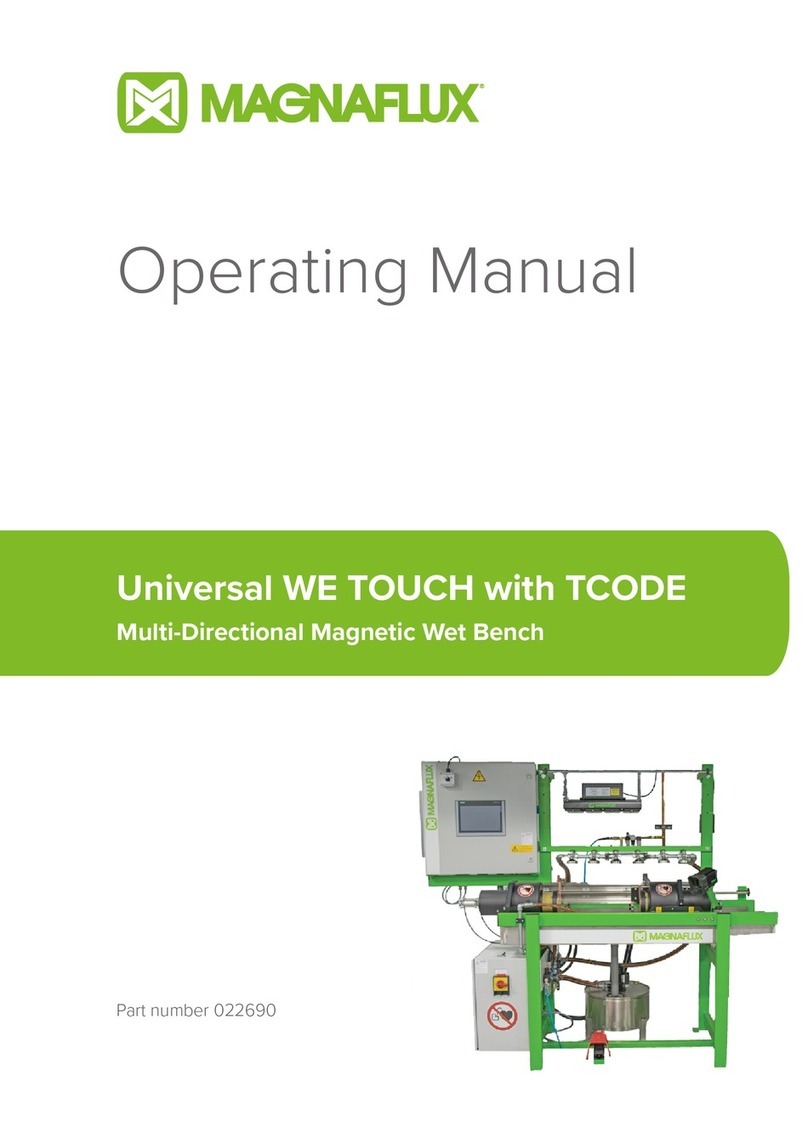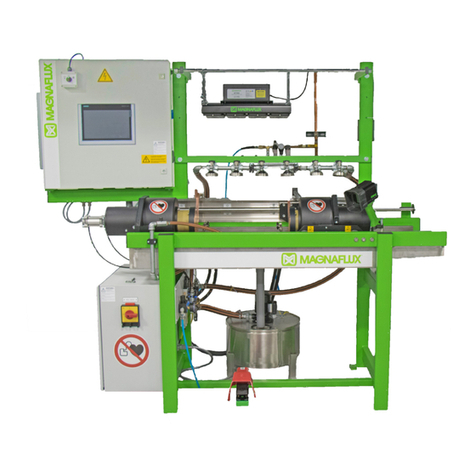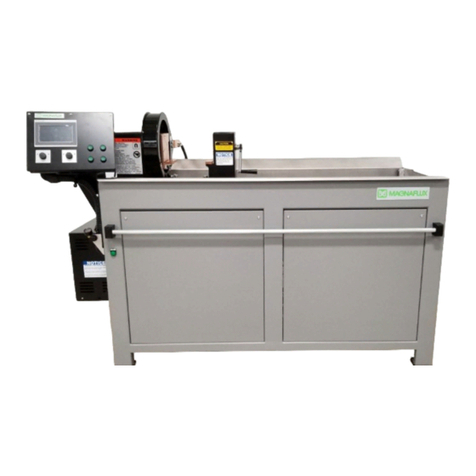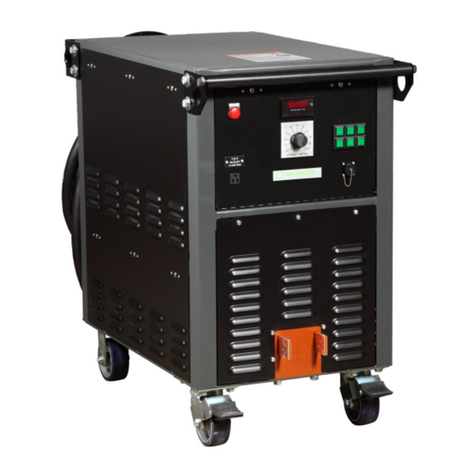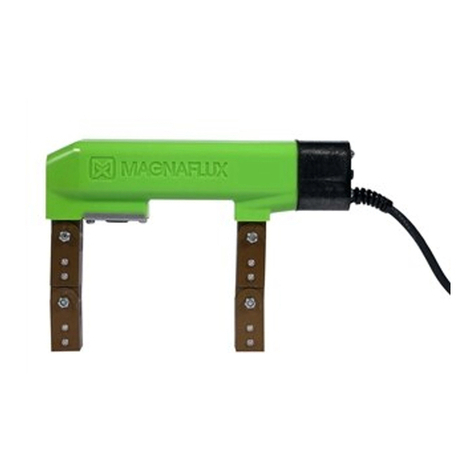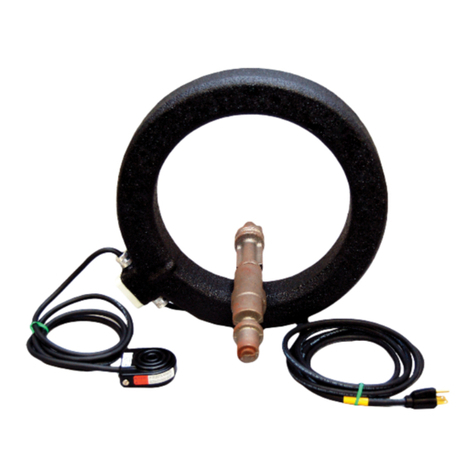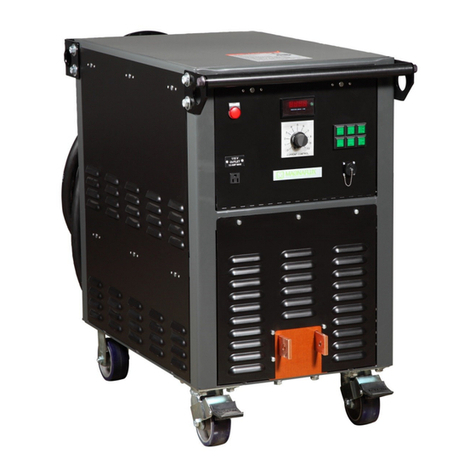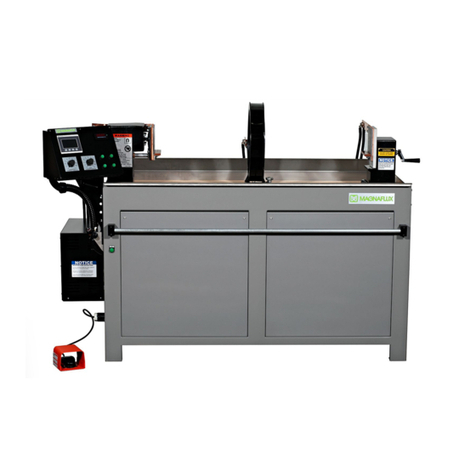
D-2000 Series Revised March 2020
Page | 1-1
TABLE OF CONTENTS
GENERAL SAFETY INSTRUCTIONS ............................................................................................. 1-2
SECTION 1 - EQUIPMENT SPECIFICATIONS ............................................................................... 1-3
Scope of this Manual ............................................................................................................ 1-3
Purpose of the Equipment .................................................................................................... 1-3
Equipment Characteristics .................................................................................................... 1-3
Equipment Specifications...................................................................................................... 1-4
Equipment Warranty………………………………………………………………………………..1-7
SECTION 2 - INSTALLATION and STORAGE ............................................................................... 2-1
General ................................................................................................................................. 2-1
Installation............................................................................................................................. 2-1
Preparation for Storage or Shipment .................................................................................... 2-8
SECTION 3 - OPERATING INSTRUCTIONS .................................................................................. 3-1
Operating Controls and Indicators ........................................................................................ 3-1
Daily Start Up and Operation Checklist ................................................................................ 3-7
Piece Part Setup ................................................................................................................... 3-9
Magnetizing Procedures ..................................................................................................... 3-10
Demagnetization ................................................................................................................. 3-11
Shutdown ............................................................................................................................ 3-12
Emergency Shutdown......................................................................................................... 3-12
SECTION 4 - MAINTENANCE ......................................................................................................... 4-1
General ................................................................................................................................. 4-1
Daily Operator Maintenance ................................................................................................. 4-1
Weekly Operator Maintenance ............................................................................................. 4-2
Monthly Operator Maintenance............................................................................................. 4-2
Periodic Internal Maintenance .............................................................................................. 4-2
Operational Checkout Procedures........................................................................................ 4-4
Initial Set-up .......................................................................................................................... 4-4
Circular (Contact) and Longitudinal (Coil) Magnetization Check .......................................... 4-5
SECTION 5 – TROUBLESHOOTING .............................................................................................. 5-1
Troubleshooting Stack (Firing Board) ................................................................................... 5-1
Troubleshooting Guide.......................................................................................................... 5-2
SECTION 6 – DRAWINGS & SPARE PARTS LIST........................................................................ 6-1
SECTION 7 – HOOD & BLACK LIGHT INSTALLATION................................................................ 7-1
Hood Installation ................................................................................................................... 7-1
Black Light Installation .......................................................................................................... 7-8
